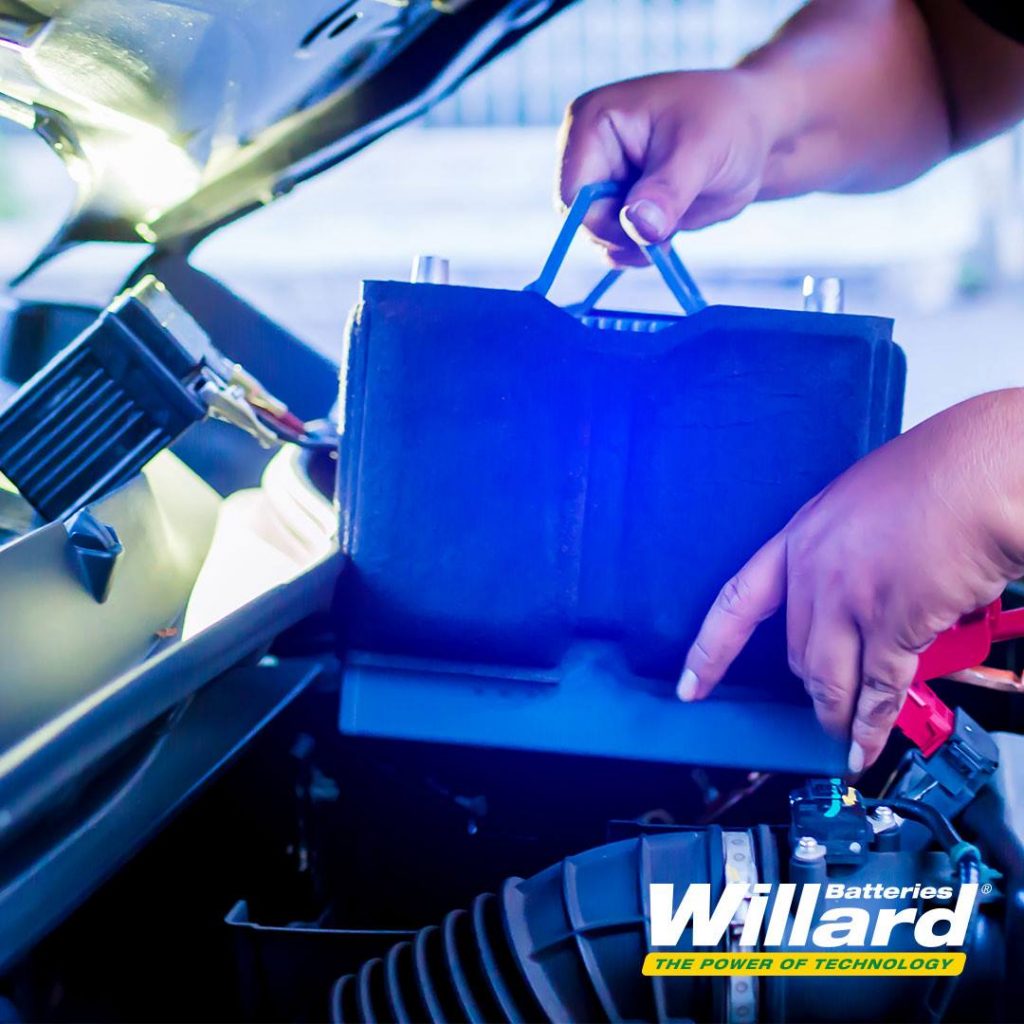With winter now having fully arrived, should your car fail to start, especially in the morning, the battery is likely the culprit. This could be the result of the lockdown and your vehicle not having been driven as much. If the battery needs to be removed, it is recommended that an authorised fitment centre be contacted, otherwise the following procedures should be used for an automotive battery.
Battery Removal:
• Before removing the old battery, take note which terminal Pos+ or Neg — is connected to the ground cable. The grounded cable is usually connected to the engine or chassis.
• Disconnect the ground or negative (—) cable first. This will prevent sparks caused by accidental short-circuiting.
• Disconnect the positive cable from the terminal post and then remove the battery hold-downs. Then remove the battery from the vehicle.
Battery Service and Maintenance:
• Inspect the battery tray, hold-downs and clamps. Replace any items damaged by excessive corrosion.
• Use a wire brush to clean corrosion from battery tray and clamps. Clean all corrosion from tray, hold-downs and cables. Rinse these items thoroughly with clean water. Severely corroded components should be washed and neutralised by using a solution of Bicarbonate of Soda mixed with warm water (10 grams, or 1 tablespoon to 1 litre of water).
• Using a post and clamp cleaner, clean both battery terminals and the inside of both cable clamps until they have a bright metallic shine. The cleaning ensures good electrical contact.
Battery Fitment:
• Carefully place the new battery in the tray making certain the (+) and (-) are in the same position in relation to the grounded cable (as noted in the first step above. This procedure ensures correct polarity. Replace the battery hold-downs but do not over tighten them at this point.
• Follow the reverse of the procedure in removing the battery. Connect the positive cable first and then connect the grounded cable. Make sure both cable connections to the terminals are tight. Coat the terminals and the cable clamps with petroleum jelly or a proprietary terminal lubricant. Do not use grease which may contain metal additives.
• The hold-down nuts can now be tightened securely. Do not overtighten.
• The installation is now complete. To ensure that the battery is installed correctly, turn the ignition on. If the battery is properly installed, the ammeter (or charge indicator in some vehicles) will show discharged. Start the engine. Once the engine is running, the ammeter or charge indicator light should function correctly. It is advisable to always have the vehicle’s charging system checked after fitment of a new battery.
The Willard Battery Call Centre) has been set up to facilitate the process of finding a new battery. All you have to do is phone 0860 12 00 12 to find your nearest Willard stockist.
[Kelvin Naidoo, Manufacturing and Technical Director of AutoX. AutoX is the manufacturer of the leading automotive battery brands Willard and SABAT and the official distributor of the world-renowned VARTA automotive batteries.]
Also view:
Safety with Vehicle and Car Batteries
How to get the most from your car battery! https://t.co/oTvhNKc4Hj #ArriveAlive #VehicleMaintenance #CarBattery @SAGoldwagen
— Arrive Alive (@_ArriveAlive) June 19, 2020
